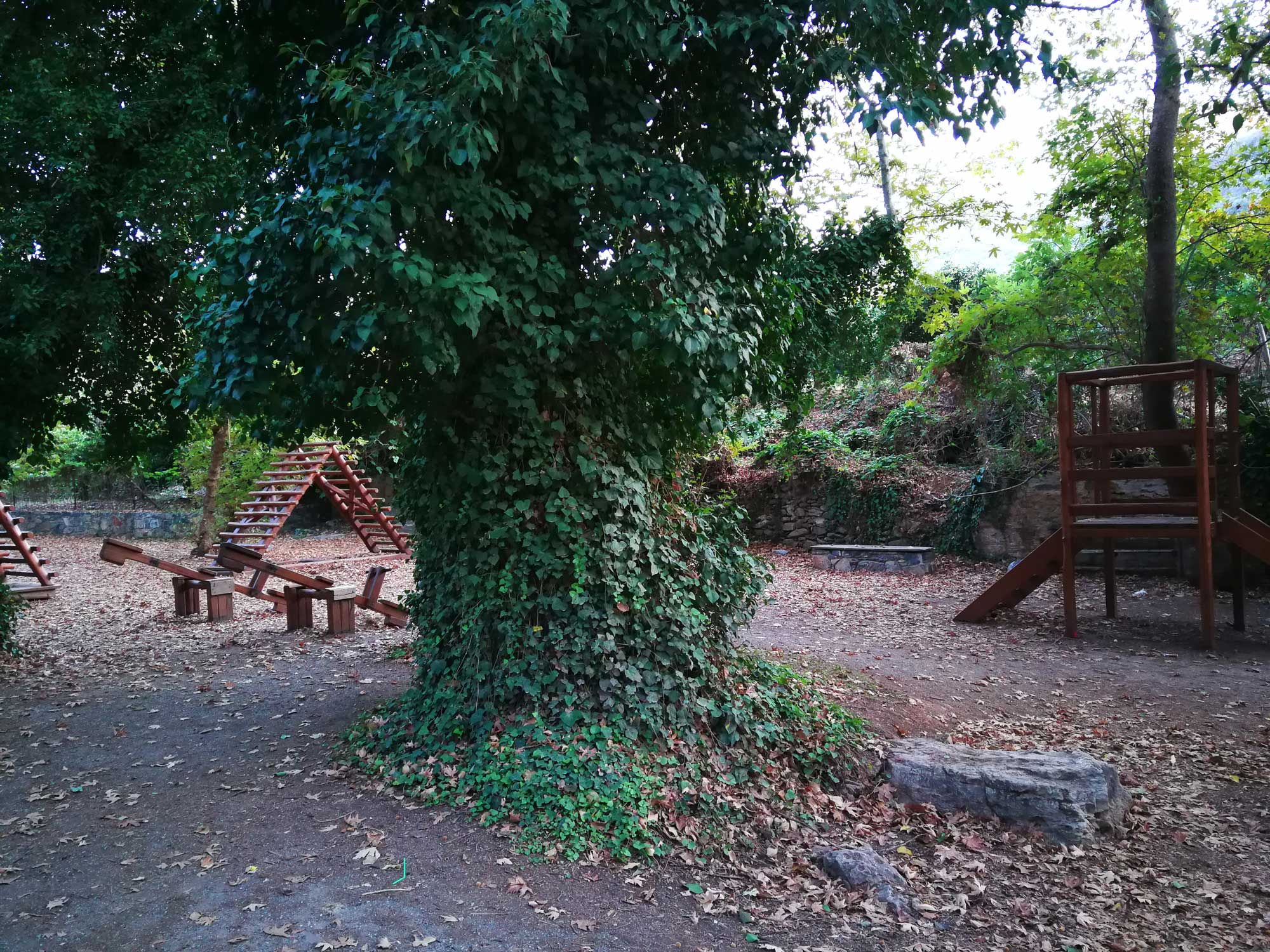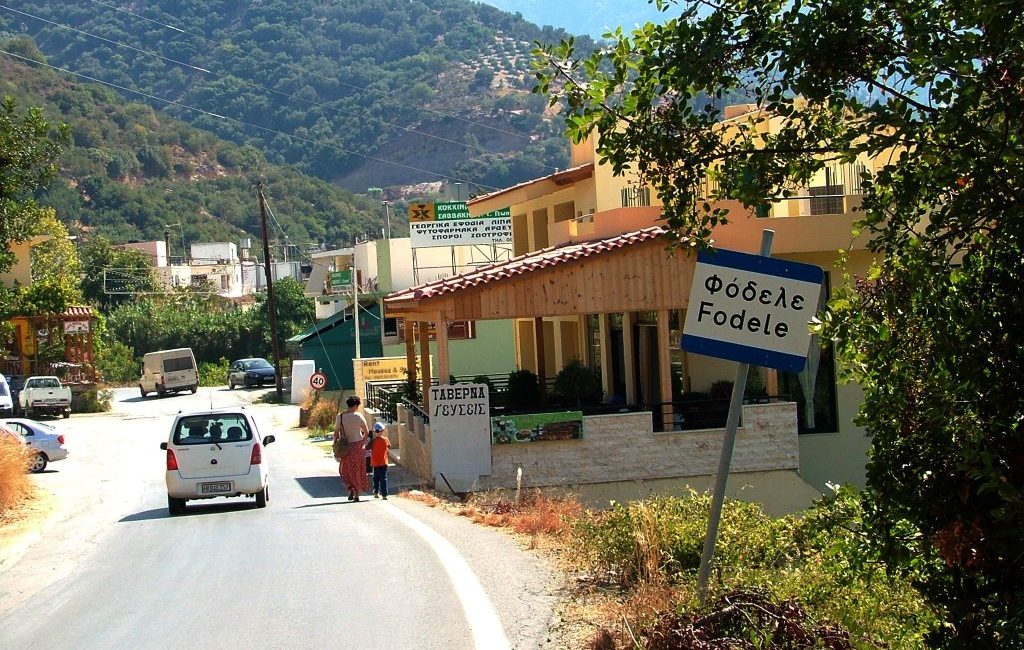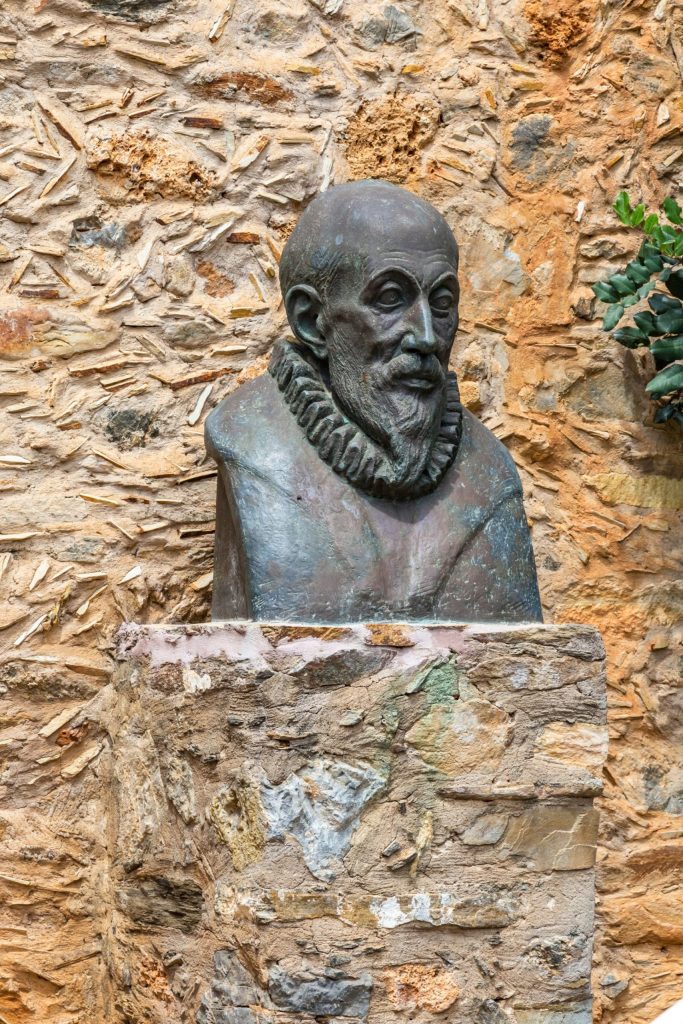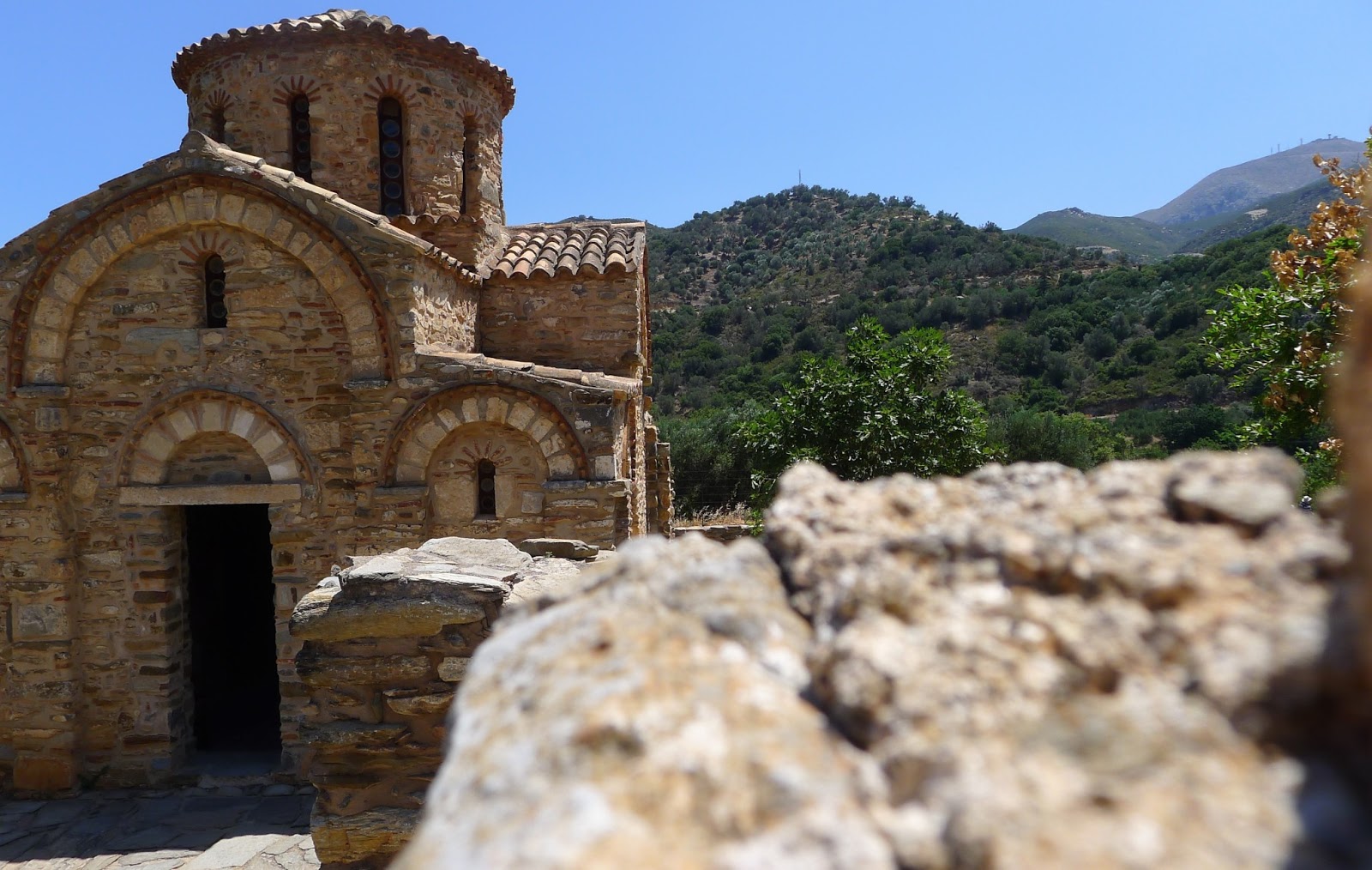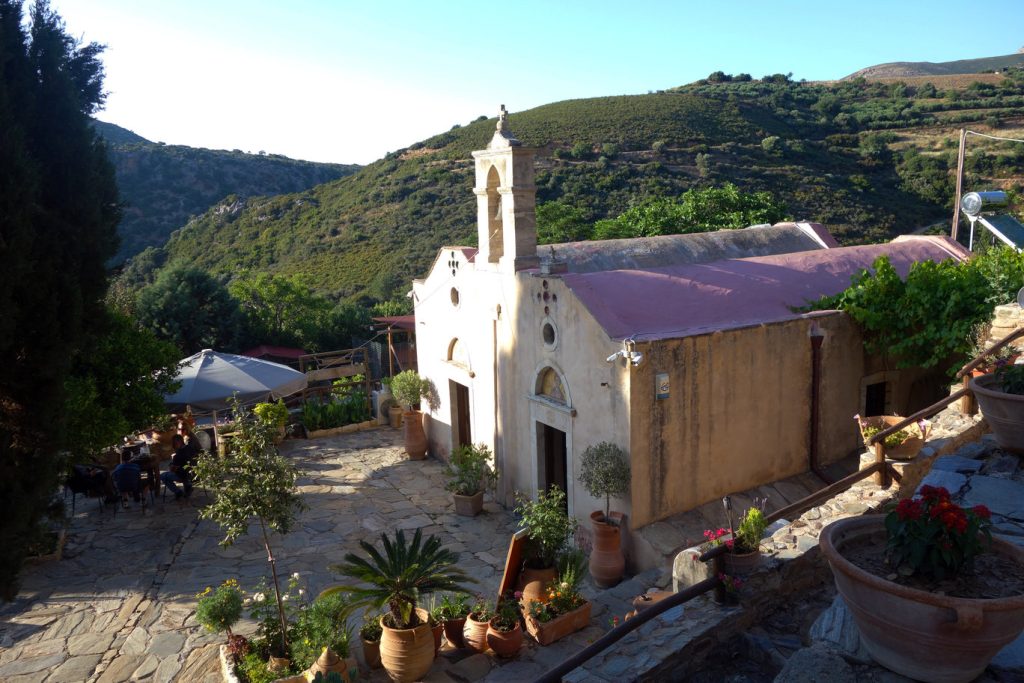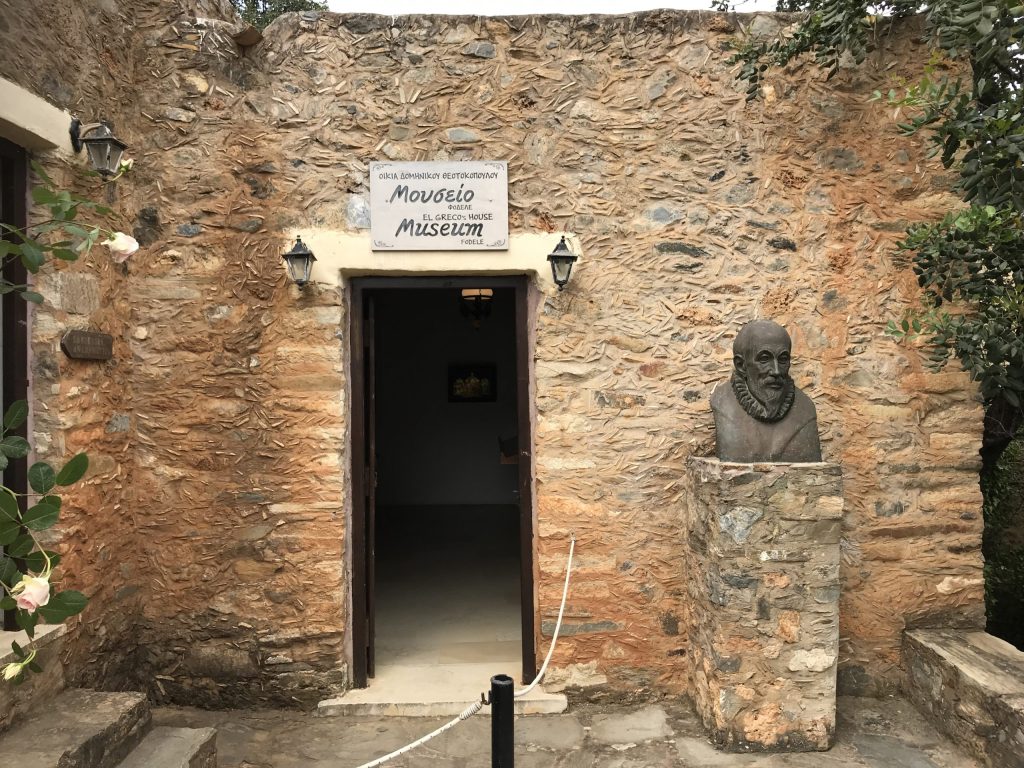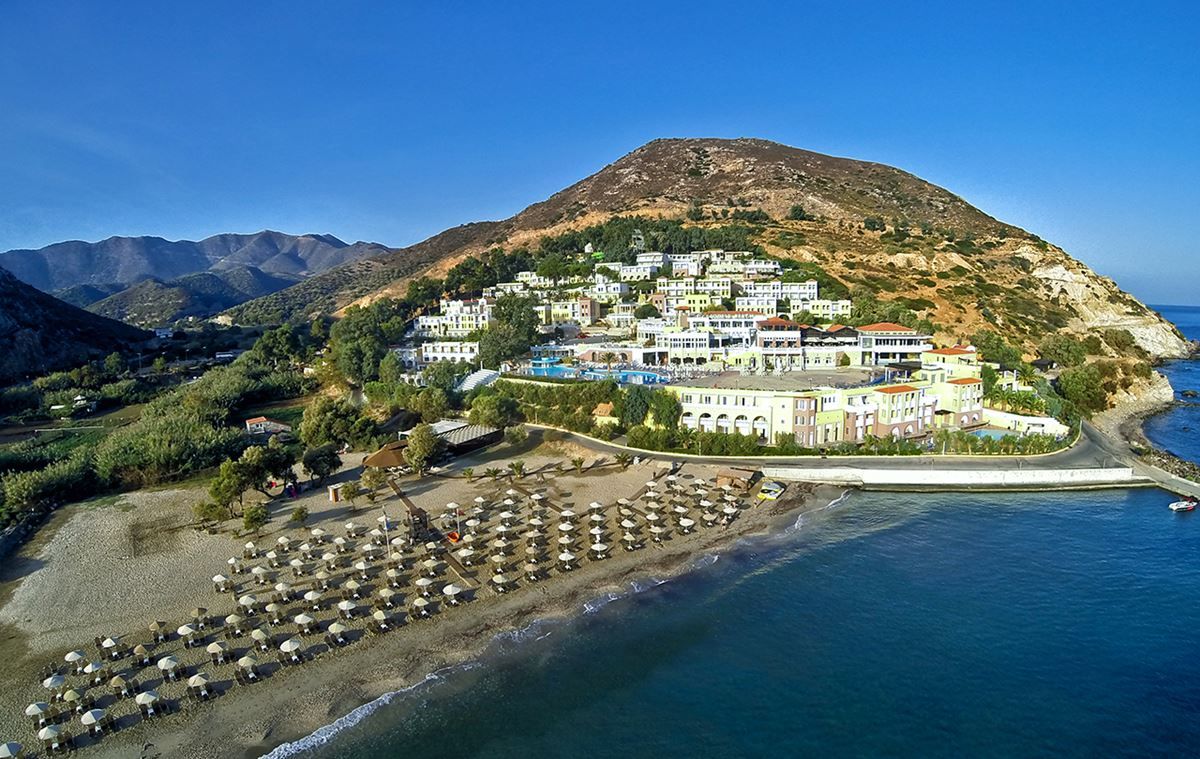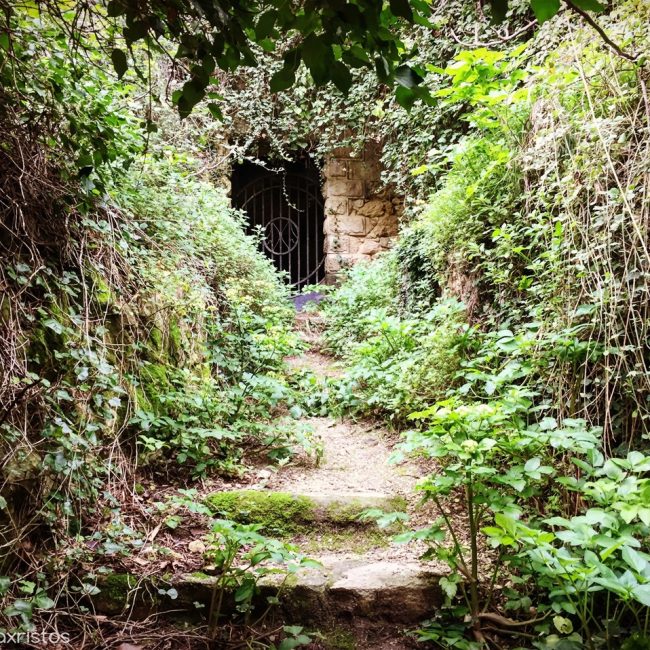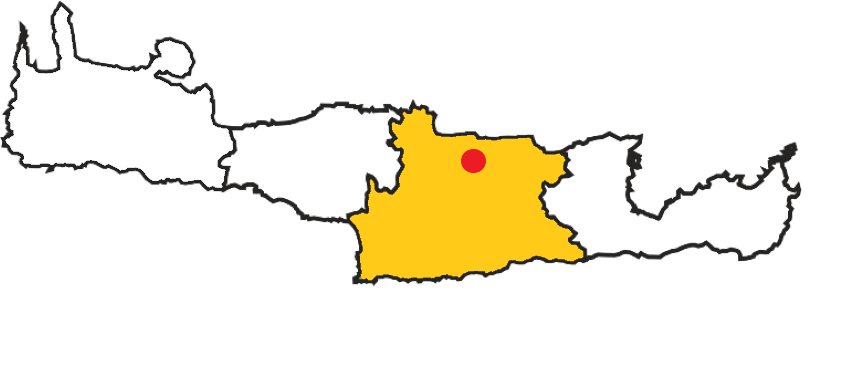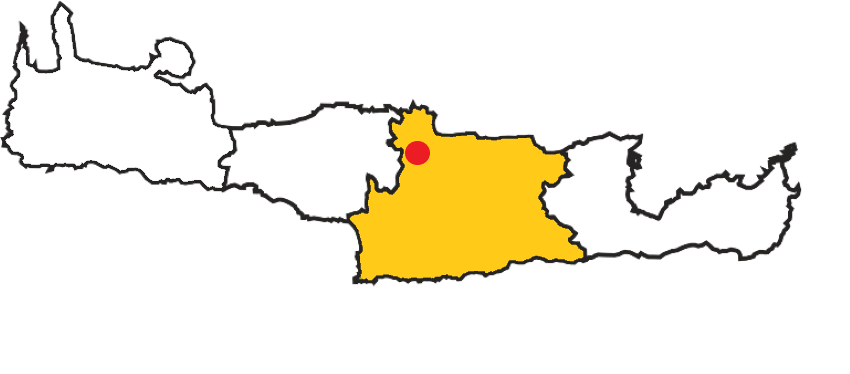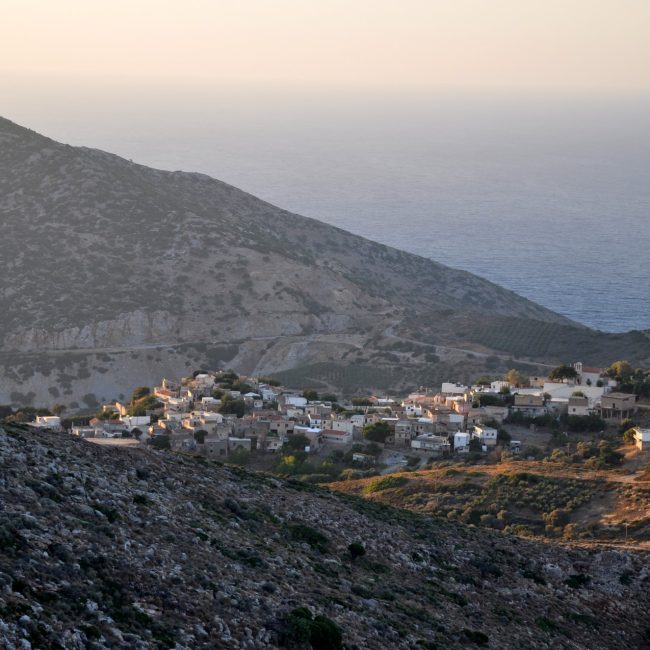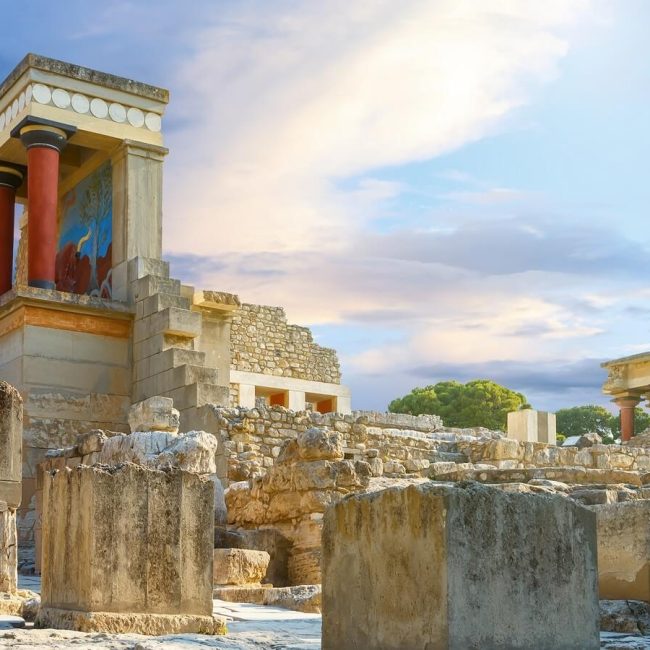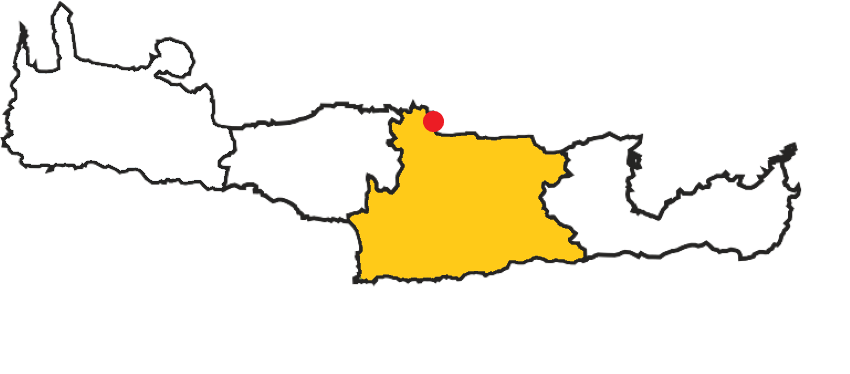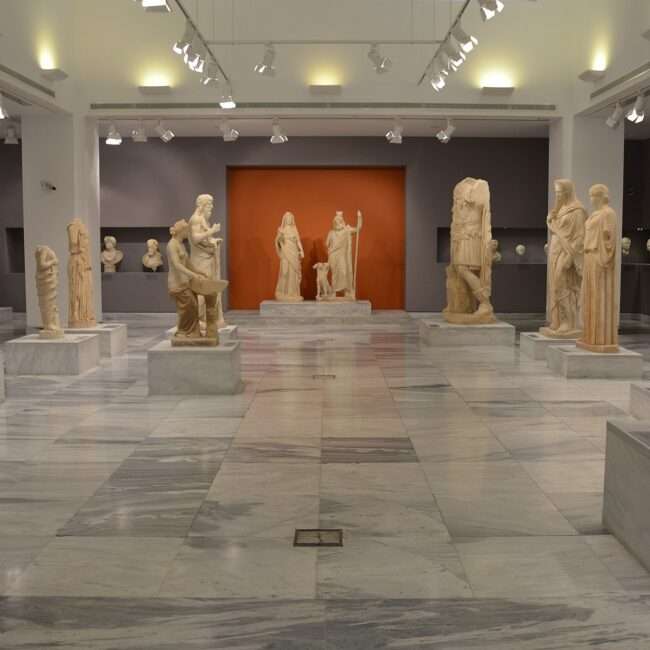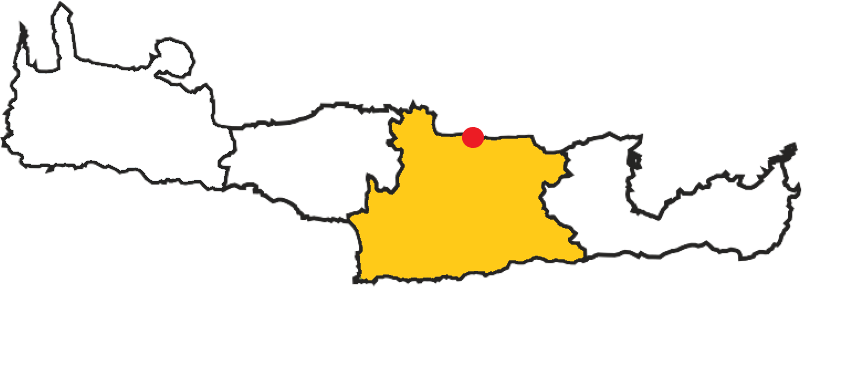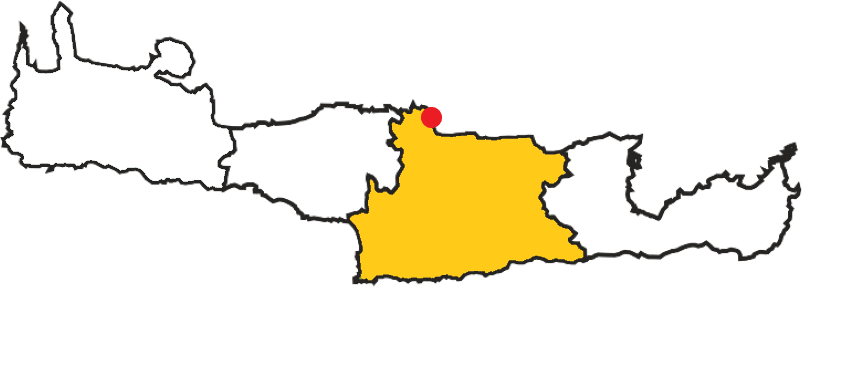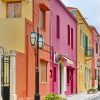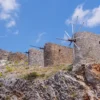Fodele Village
Fodele Village: Embracing Tradition in Heraklion's Countryside
Fodele Village is a beautiful resort nestled in the scenic terrain of Crete’s Heraklion district, offering a rich tapestry of history, culture, and natural beauty. Fodele entices visitors looking for an authentic Cretan experience with its beautiful surroundings, historical significance, and kind friendliness. In this essay, we will tour the charming village of Fodele and discover its riches.
Location and history
Fodele is a lovely and historic village about approximately 32 kilometers west of the city of Heraklion and about 50 kilometers east of the city of Rethymno.
It is located 3 kilometers from the shore (Fodele Beach) and 10 kilometers from Agia Pelagia.
According to historians, Fodele was formerly the location of the ancient town of Astali, the ancient Axos’ sea port.
Fodele is a lovely rural village on Crete that is popular with both locals and tourists.
Take a walk around the village to appreciate the natural beauty of the Cretan environment and vegetation.
Fodele has a fascinating historical past. El Greco (the Greek), or to use his full name, Domenikos Theotokopolous (1541-1614), is claimed to have been born here.
This Cretan son traveled to Spain, where his most notable work, with trademark elongated faces and dramatic use of light and color, was completed in Toledo.
He was rediscovered by painters in the late nineteenth century and is regarded as an influential character in the evolution of art in the twentieth century and into our time.
Natural Beauty and Scenic Delights
Fodele is cocooned within a lush valley, with the mighty Psiloritis Mountain as a backdrop and the azure waters of the Aegean Sea in the distance. Located at an elevation of 54 meters above sea level, it is surrounded by orange, mandarin, lemon, and olive groves. It is well-known for the high quality of all of its agricultural goods (particularly oranges and mandarines), and it is a particularly beautiful environment. The same can be said for the village’s core, which is densely forested. A lovely park near the village’s main square provides substantial shade and various walking and picnic areas. The small river, named Pantomantris, that crosses the middle of the village has water running through it even in early summer, which is rare for most places on Crete. Along its banks, you can find quaint watermills that have been in operation for centuries. They serve as a reminder of the village’s historical agricultural significance.
Tradition and culture
Fodele residents have created impressive activity in the handicraft sector and traditional Cretan pop art trade (such as pottery and handmade tablecloths). The commerce of local products, primarily oranges and mandarines but also a variety of vegetables, is particularly significant.
The surrounding area of Fodele is lush and beautiful. There is a large parking lot in the village center (just after the massive platanos tree). There are several traditional taverns with good meals and stores selling pottery and handcrafted items. Fodele is a popular weekend destination for residents of Heraklion and the surrounding area, who come here to enjoy a walk in nature and the wonderful native Cretan cuisine. Take the short path to the top of the village for spectacular views of the Fodele valley.
ATTRACTIONS
Church of Panagia
The old Byzantine Church of Panagia, Fodele’s major church (about 850 mt from the center of the village), is one of the key draws for travelers. This beautiful church, visible from the road that leads from the beach to the hamlet, is dedicated to the Presentation of the Virgin Mary. It is the main church and most prominent religious center in the settlement, with significant historical significance. Built on the northern edge of the hamlet, upon the remnants of a sixth-century Paleochristian basilica. The church is built in the classic style of most Orthodox churches in Crete, with four pillars, a dome, and a plain design. It has a red-tiled roof and beautiful stone walls (Cretan limestone). Its interior is decorated with historic frescoes created between the eleventh and fourteenth centuries. The church has undergone repairs and restorations throughout its history in order to maintain its cultural and religious heritage. Photography inside the church is strictly forbidden!
Holy Monastery of Agios (Saint) Panteleimon
About 4 kilometers inland from the city of Fodele, you may also visit the old monastery of Agios Panteleimon, which dates from the final years of Venetian administration on Crete (during the 16th and 17th centuries). The complex, like numerous other Cretan monasteries, is designed in the style of a Venetian fortification, with a two-nave cathedral dedicated to Saint Anthony and another to Saint Pantaleon. The lovely structure is a beloved religious center that served as a revolutionary center during the Ottoman occupation during the wars against the Turks.
Among the most important sacred relics are a portion of Agios Panteleimon’s hand and four 17th-century icons by Michael Damaskinos (the Second Coming, the Dance of the Saints, Saint Onoufrios, Saint Gerasimos) and “Archangel Michael,” works by the famous Cretan school of icon painting.
el greco museum
The El Greco Museum is one of the must-see attractions in Fodele. The building operates since 1998 with an exhibition of replicas of works of Dominikos Theotokopoulos also widely known as El Greco. In addition there is information about his family and a room has been transformed into a painting workshop. He was a prominent painter, architect, and sculptor. Theotokopoulos was born under the reign of the Republic of Venice at Heraklion, which was known as the Kingdom of Candia. El Greco became one of the most representative artists of the Spanish Renaissance at Toledo, where he died. The museum is built in an antique structure, most likely from the same period of Venetian dominance on the island, and it exhibits reproductions of his works as well as intriguing artefacts relating to his early years on Crete, when he took his initial steps as a visual artist.
fodele beach
Enjoy the magnificent sandy beach that spans along the northern coast, approximately 3 kilometers from the village center. The sandy beach has coarse sand and some stones and is ideal for relaxing, swimming, or soaking up the sun.
Its western section is quite well-organized, with umbrellas, sun beds, showers, water sports, cafes, and taverns. Furthermore, on the west slope of the Kastellos hill, there is a large hotel with a tiny dock in front of it. This pier protects swimmers on the beach’s western end. If you want to be alone, head to the east side of the beach, near the gas station. It is not organized and exposed to common north winds but is less crowded.
Several beach bars and tavernas line up the front, so there’s no need to pack a huge beach bag or portable fridge to spend the day over here.
THINGS TO SEE AND DO IN fodele village
How to Get There
The most convenient way to get from the center of Heraklion to Fodele is by car. You can take the National Road heading west (towards Rethymno) (approximately 40 minutes from Heraklion), and there are signs along the way that will guide you to the village. Getting there by car is the most convenient and flexible solution. Fodele is about 115 km from Chania (a bit more than 90 minutes) and 52 km from Rethymnon (about an hour).
You can also get to Fodele by bus. There are hourly bus services operating between Heraklion and Fodele departing from Heraklion Bus Station with the first at 5.30 am and the last one at 9.30 pm. The bus journey takes approximately 45 minutes. Always check the bus schedule in advance, as the frequency may vary depending on the season. There are no direct buses from Chania or Rethymnon to Fodele. However, you can take the bus to Heraklion and transfer to a local bus.
You can also reach Fodele from Heraklion by taxi, the taxi journey typically takes around 30 minutes.
Conclusion
The natural beauty, historical significance, and genuine hospitality of Fodele Village in the Heraklion district of Crete entice visitors. Fodele offers a captivating experience that invites you to explore the core of Crete’s cultural legacy, whether you are drawn to its rich history, stunning landscapes, or wonderful cuisine. Visit this hidden treasure and experience the allure of Fodele for yourself.
ADDITIONAL TIPS FOR AN ENJOYABLE VISIT TO fodele village

Destinations near fodele
More options for nearby locations to plan your vacations better!


